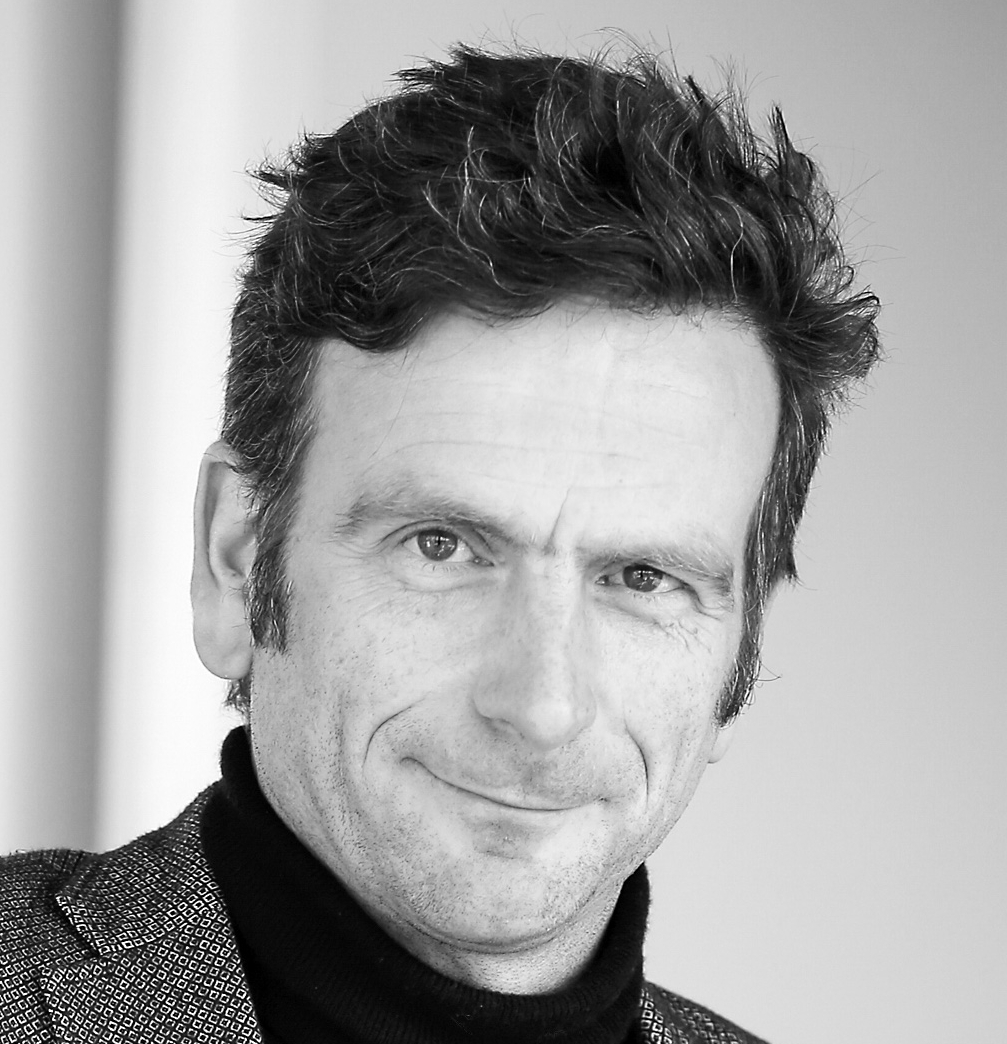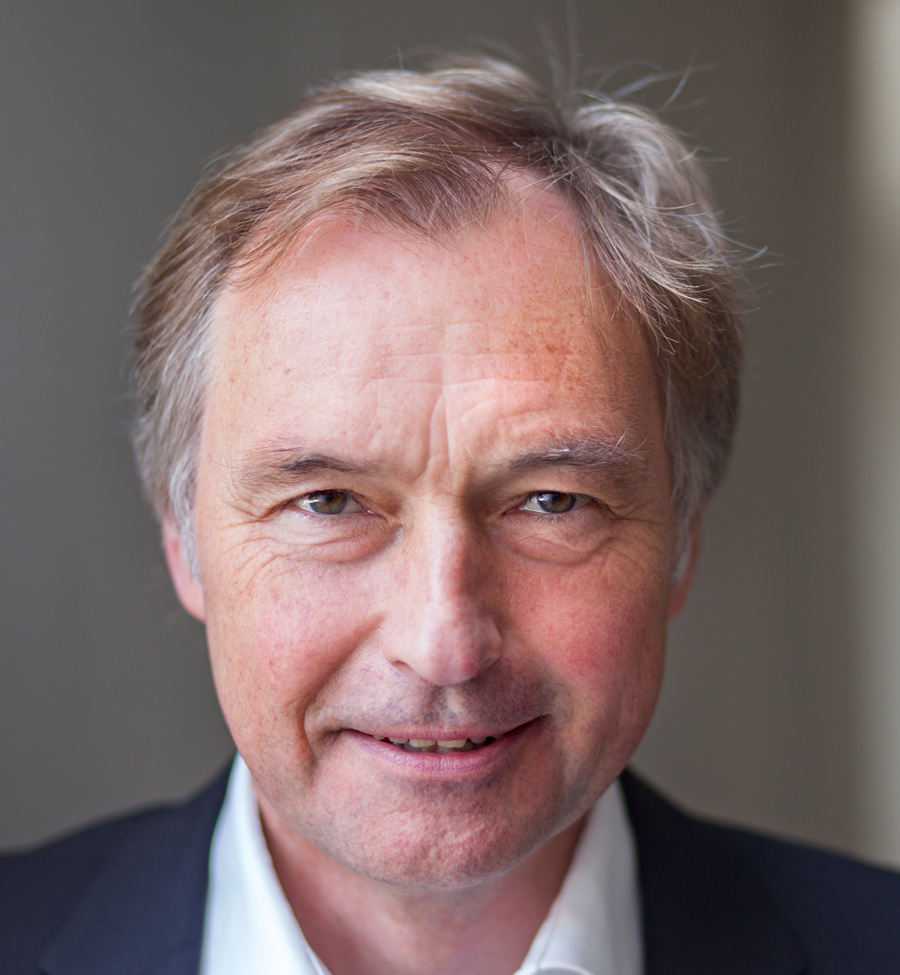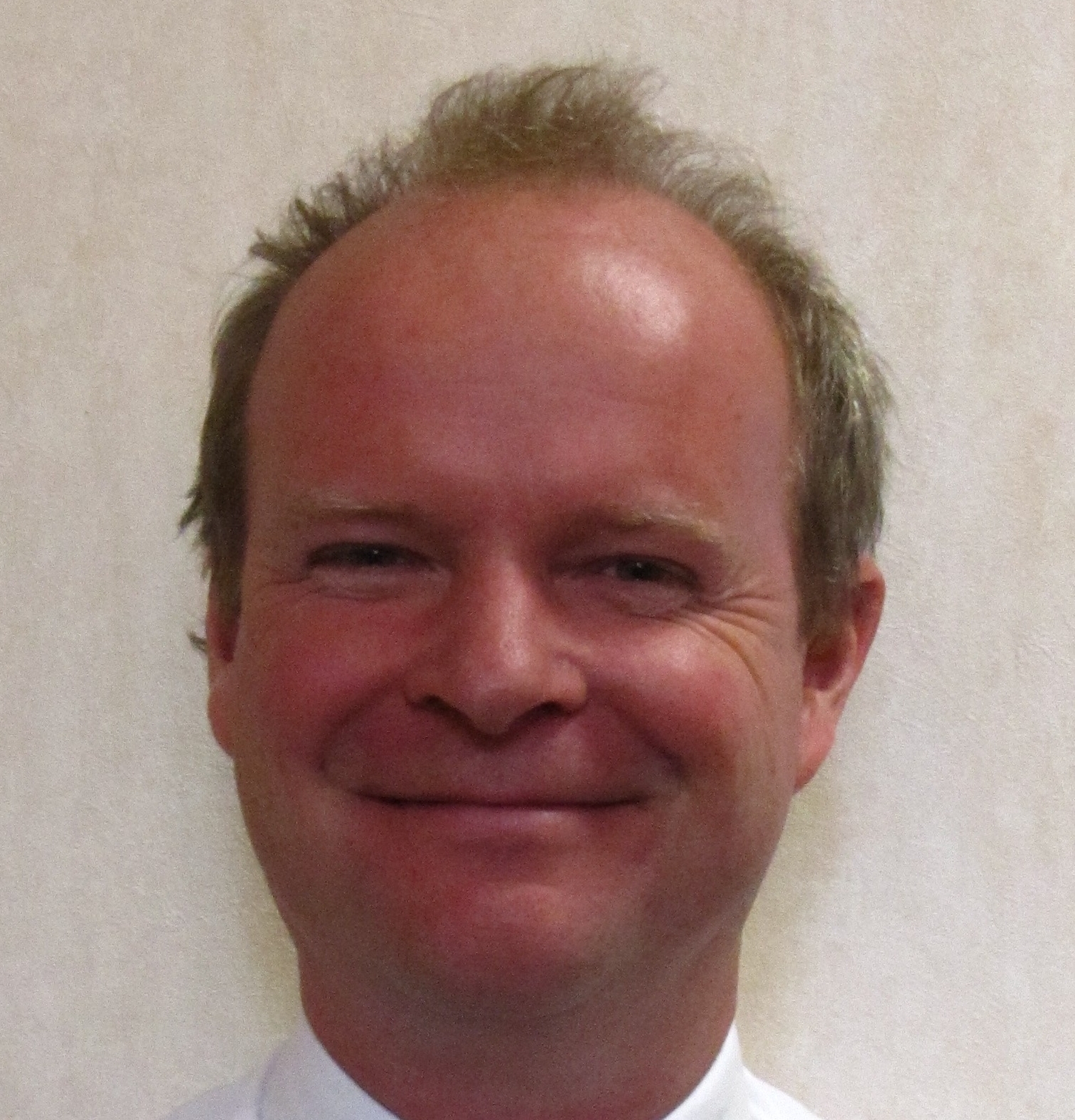Session 2
The perspective of architecture and urban development
Can the potential of the physically constructed sacred space provide pointers for repurposing? Can a discourse with users be helpful for creating a new perception of such spaces? What is the significance of a church building for a given place? What concludes from its nature as a public space?
Faith in the Periphery: Design Strategies for the Adaptive Reuse of Post-war Parish Churches in the Flemish Nebular City

- Name / Titel
- Sven Sterken
- Funktion
- KU Leuven, Belgium

- Name / Titel
- Charlotte Ardui
- Funktion
- KU Leuven, Belgium
During the post-war years, Flanders developed in to a ‘nebulous city’: the region became almost entirely urbanized and is covered today with an ubiquitous, low-density built fabric. As part of this rapid suburban expansion, a very important number of parish churches were built across Flanders. Today, because of their age, location and typology, this infrastructure is confronted with several societal challenges. The research project Faith in the Periphery looks at these modern churches as resources for future urban development. Churches are indeed very valuable assets in this regard: often strategically located and representing large volumes, they (still) play an important role in the local community as a mental and geographical beacon. Beyond merely adapting a given church building to new functional requirements, we seek to develop balanced strategies for the adaptive reuse of churches that capitalizes upon their socially and spatially structuring capacity. Hence, the underlying motivation is to contribute to the more general imperative of strengthening the future resilience of the Flemish Nebulous City. As we will illustrate with examples drawn from teaching and practice, architectural design is the right medium to identify and operationalise this potential.
Church, government and citizens, and the reuse of places of worship

- Name / Titel
- Albert Reinstra
- Funktion
- The Cultural Heritage Agency of the Netherlands, the Netherlands
For a number of years we are working on the national program Future Religious Heritage. Within this framework, research has been done into the quantity, age, cultural-historical values and reuse of religious buildings in the Netherlands. Of the approximately 7100 existing buildings, 75% are still in religious use, often related with cultural/social use. The remaining 25% has received a variety of new functions over time. From brewery to bed & breakfast and from sports hall to jumping paradise. Even with ecclesiastical guidelines (which differ considerably per denomination) or heritage regulations there is often much more possible than is thought. But interesting and acceptable reuse of churches requires a lot of consultation and communication. Support from the local community is crucial, like openness, knowledge and creativity in architectural design.
Repurposing churches from the perspective of Baukultur

- Name / Titel
- Reiner Nagel
- Funktion
- Bundesstiftung Baukultur, Potsdam, Germany
Germany has a remarkable number of church buildings - in all sizes and settlement structures, from the village chapel to the multifunctional community center of the post-war housing estate to the metropolitan cathedral. Churches are often the main, sometimes only, bearers of architectural tradition in villages and towns. Abandoning sacred use entails the risk of enormous architectural losses, as it is often difficult to find adequate concepts for the large meeting rooms. Closures and demolitions also have consequences for the social fabric of the respective neighborhoods, as this is often accompanied by the loss of community halls, libraries or daycare centers, for example. Due to the historical, architectural, social and identity-forming qualities of churches and chapels, it is worth every effort on the part of the public, church and private sectors to keep the buildings in their ecclesiastical use or to develop them further with meaningful uses and an appropriate design. From the point of view of Baukultur, every preserved church is a piece of saved identity of the European city. In this context conversions should remain close to their original purpose and be reversible.
Re-thinking England’s churches as public assets

- Name / Titel
- Joseph Elders
- Funktion
- The Church of England, Cathedral and Church Buildings Division, United Kingdom
In recent years a number of ideas and models have been tested in England aimed at easing the burden of church buildings management on congregations and communities, and helping them to use them in new ways. The issue is of course that traditional forms of worship have declined in popularity. Part of the Church’s response has been to close some church buildings where attendance has fallen to unsustainable levels. At the moment, total closure for worship is rare; about 25 cases a year, out of 16,000 church buildings, which is manageable.This paper starts from the basic premise that the loss of a very large number of local parish churches would be potentially devastating, and that ways should be sought to preserve as many of our churches as places of worship and as community resources as possible, in many cases by diversifying their use, which may include radical changes. A flexible approach is necessary. Case studies of how this has worked will be explored.
Chair

- Name / Titel
- Sven Sterken
- Funktion
- KU Leuven, Belgium
